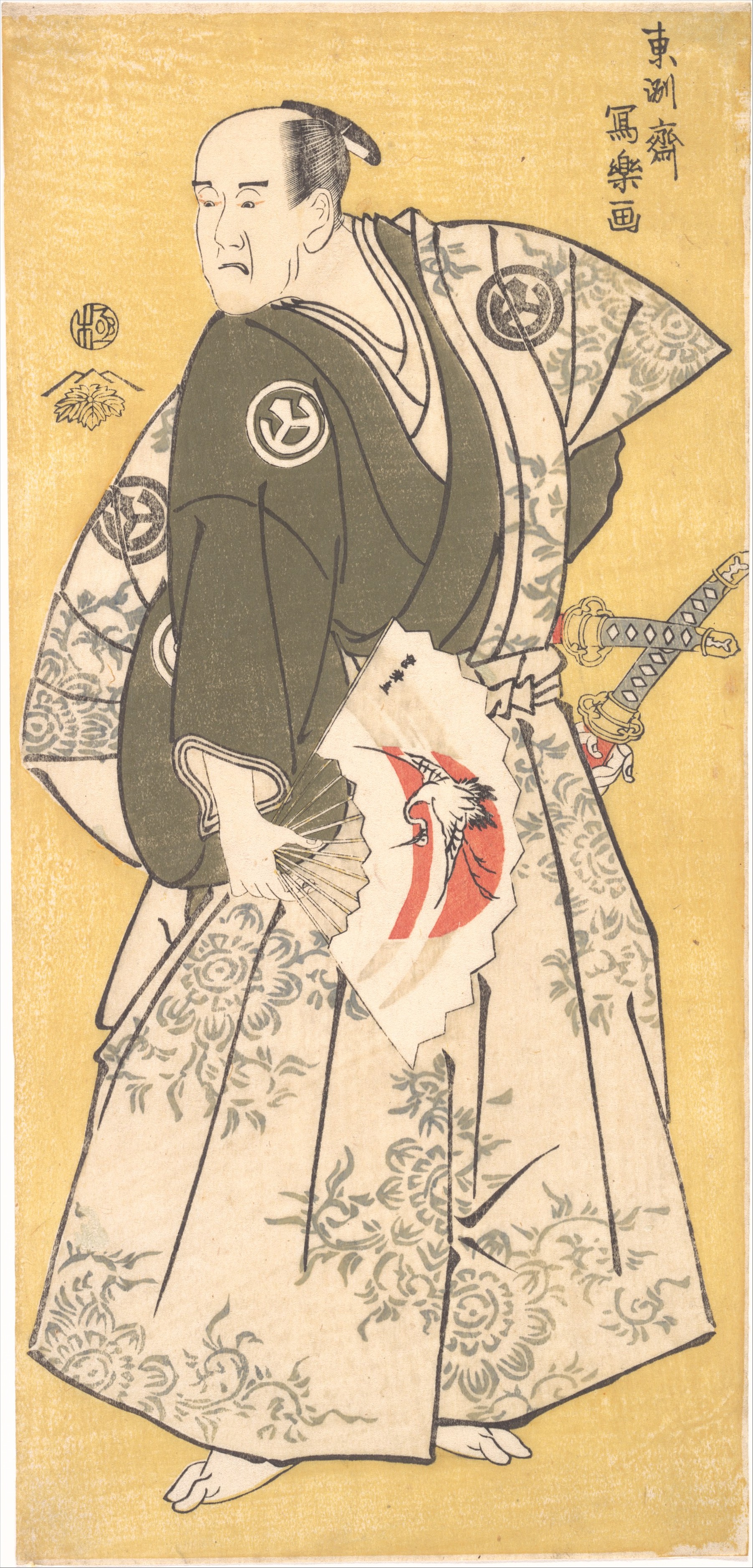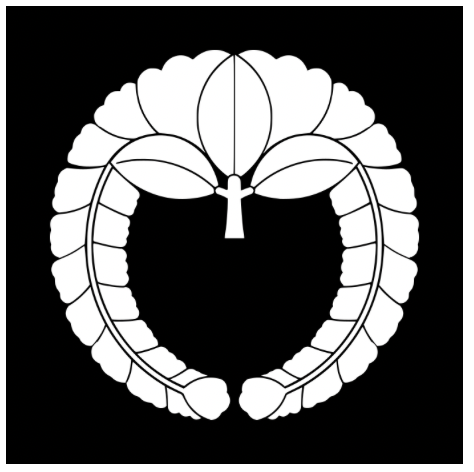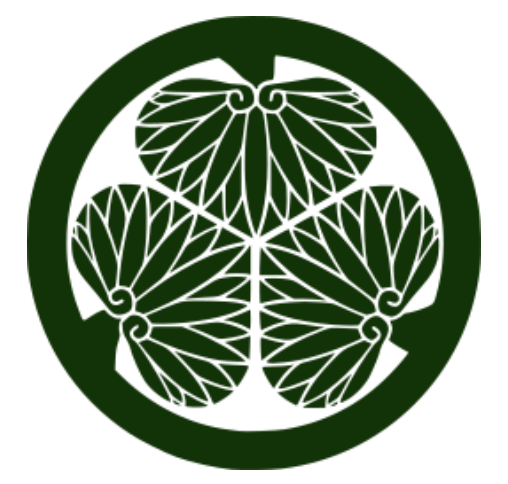




Previously on Is it a Robe? Is it a Jacket? No, It’s a Kimono Kimono: (Japanese: ki : wearing, mono: thing, Singular: Kimono) A traditional Japanese long loose robe with wide sleeves tied with a sash around the waist. Presently it is the national dress of Japan. !
In our previous instalment, we delved into men’s kimonos and their accompanying accessories. We also explored the obi Obi: (Japanese), a wide, decorative belt or sash traditionally worn with Japanese kimono. It wraps around the waist, securing the kimono and adding an elegant touch to the attire. They are often intricately designed, featuring rich patterns, textures, and colors that complement the overall kimono ensemble. ‘s historical significance, its elegant role as a sash alongside the kimono Kimono: (Japanese: ki : wearing, mono: thing, Singular: Kimono) A traditional Japanese long loose robe with wide sleeves tied with a sash around the waist. Presently it is the national dress of Japan. , and its evolution over time. Before venturing into men’s kimonos and their accessories, we dedicated our attention to the rich history and evolution of kimonos, including those exclusively designed for women. However, amidst our exploration, we have yet to discuss the intricate processes involved in their creation and their diverse designs.
While it’s not feasible to provide an exhaustive account of the myriad designs and iconography that have developed over the years or to offer a step-by-step guide to crafting different types of kimonos, we will focus on two essential elements of both subjects – heraldry or family crest also called the kamon and printing techniques.
Family First:
The art of adorning kimonos with symbolic motifs has evolved over centuries, resulting in a vast array of motifs that hold traditional significance, often influenced by regional variations, religious beliefs, geographic influences, folklore, and more. Nevertheless, one constant feature found in all Japanese kimonos, whether formal or semi-formal, is the presence of family crests. These crests serve as unifying symbols, maintaining a consistent thread throughout Japan’s diverse kimono Kimono: (Japanese: ki : wearing, mono: thing, Singular: Kimono) A traditional Japanese long loose robe with wide sleeves tied with a sash around the waist. Presently it is the national dress of Japan. traditions.
The Japanese crest boasts a distinctive history, being one of the few heraldic traditions born during a period of peace, prosperity, and cultural flourishing, rather than during times of war. The aristocracy of this era – Heian Period (794-1185 CE) – who were often interconnected through familial ties, held a fascination for various forms and patterns. Their choice of attire was influenced by their social status and the season, leading to a natural inclination to express their individuality in public.
Despite living in relatively austere homes, the Heian aristocracy possessed clothing and storage chests, picnic cases, gaming paraphernalia, and other daily essentials. It was only fitting that these items bore motifs reflecting their personal preferences, serving to differentiate them from those of others. This phenomenon, though significant, was not the sole catalyst for the emergence of Japanese heraldry. Surprisingly, it had a rather mundane yet intriguing origin that resonates with experiences in our modern lives – traffic.
During the Heian period, the preferred mode of transportation for the aristocracy was ox-drawn carriages. A finely crafted carriage drawn by oxen was one of the few opulent status symbols embraced by the nobility, who relished being seen in them. Despite the considerable width of Kyoto’s roads, estimated to be as wide as three hundred feet, according to historians, it was still insufficient to accommodate the carriages that filled the streets during festivals, imperial events, and gatherings. For instance, during flower viewing festivals, it was crucial to strategically position one’s carriage to afford the women inside a good view. These congested roads often led to disputes and clashes among the attendants and herders of these carriages.
In order to maintain the proper order of precedence, some noble families began adorning the canopies of their carriages with their personal emblems. This practice facilitated the recognition of their status and ensured their passage on the road. This custom swiftly disseminated among the wider nobility of the society, giving birth to the social form of heraldry we know today.
Initially, the patterns and designs of these emblems drew inspiration from ornamental textiles. In fact, the two characters used to write the word kamon, which means ‘family crest,’ can also signify ‘family textile figures.’ However, they quickly evolved to incorporate elements from nature, such as flora and fauna, as well as everyday objects like fans, hats, and carriage wheels. Additionally, Chinese auspicious symbols, akin to today’s Feng Shui, played a significant role in shaping these motifs.
As the Heian period gave way to the turbulent Genpei War of 1185 CE, these elegant symbols, originally intended for social identification, found a new purpose on the battlefield as military insignia. Remarkably, these heraldic emblems endured for over seven centuries, persisting until the conclusion of World War II when they were eventually phased out from government and administrative usage. Nonetheless, in Japanese society, the tradition of displaying family crests on kimonos continues to this day.
These heraldic symbols have achieved such renown that they are now pervasive, appearing as logos and emblems for prominent trading houses and corporations, as well as local businesses, banks, municipal offices, and various industrial conglomerates from time to time.
Some of the enduring heraldic symbols still prevalent today include the chrysanthemum insignia, which has represented the Imperial Family since the 13th century. The wisteria emblem is associated with the Fujiwara clan, while the Gentiancrest was famously used by Minamoto no Yoritomo, the inaugural shogun of Japan, making it the emblem of the Minamoto clan. The Hojo clan is recognised by their fish scale or triple triangle motif, while the ivy leaf insignia is emblematic of the Ashikage shogunate. Finally, the iconic hollyhocks or aoi leaves continue to symbolise the Tokugawa clan.
Chrysanthemum crest, Imperial Family Japan; Picture Credit: Wikipedia


Fish scale or triple triangle crest, Hojo clan Japan; Picture Credit: Wikipedia. Wisteria crest, Fujiwara clan Japan; Picture Credit: Wikipedia


Hollyhocks or aoi leaves crest, Tokugawa clan Japan; Picture Credit: Wikipedia. Gentian crest, Minamoto clan Japan; Picture Credit: Wikipedia
Having explored the fundamental history and development of Japanese family crests or kamon, our attention now shifts to another crucial aspect of a kimono Kimono: (Japanese: ki : wearing, mono: thing, Singular: Kimono) A traditional Japanese long loose robe with wide sleeves tied with a sash around the waist. Presently it is the national dress of Japan. : the printing techniques. Much like other facets, the evolution of printing methods was directly influenced by societal needs.
The three primary techniques of kimono Kimono: (Japanese: ki : wearing, mono: thing, Singular: Kimono) A traditional Japanese long loose robe with wide sleeves tied with a sash around the waist. Presently it is the national dress of Japan. printing even today is perhaps the shibori Shibori: (Japanese: Shiboru – To wring, squeeze, or press), is a Japanese technique of manual dyeing that involves manipulating fabric to create patterns by binding, twisting, folding, or compressing it before dyeing. The history of Shibori dates back to the 8th century and has been used in the creation of a variety of fabrics, including kimono and futon covers. , the katazome, and the yuzen.
Shibori Shibori: (Japanese: Shiboru – To wring, squeeze, or press), is a Japanese technique of manual dyeing that involves manipulating fabric to create patterns by binding, twisting, folding, or compressing it before dyeing. The history of Shibori dates back to the 8th century and has been used in the creation of a variety of fabrics, including kimono and futon covers. :
Shibori Shibori: (Japanese: Shiboru – To wring, squeeze, or press), is a Japanese technique of manual dyeing that involves manipulating fabric to create patterns by binding, twisting, folding, or compressing it before dyeing. The history of Shibori dates back to the 8th century and has been used in the creation of a variety of fabrics, including kimono and futon covers. is a traditional Japanese dyeing technique characterised by the meticulous manipulation of fabric through folding, twisting, and binding before the dyeing process. It is perhaps one of the oldest processes of fabric embellishments with dyes in Japan. The use of distinct binding methods with various dyes allows for the creation of unique and exquisite patterns.
Among the earliest surviving examples of shibori Shibori: (Japanese: Shiboru – To wring, squeeze, or press), is a Japanese technique of manual dyeing that involves manipulating fabric to create patterns by binding, twisting, folding, or compressing it before dyeing. The history of Shibori dates back to the 8th century and has been used in the creation of a variety of fabrics, including kimono and futon covers. -dyed fabrics is the cloth Emperor Shomu donated to the Todai-ji Buddhist temple in Nara, Japan, dating back to around the 8th century CE. Recorded historical accounts, along with written descriptions and objects adorned in shibori Shibori: (Japanese: Shiboru – To wring, squeeze, or press), is a Japanese technique of manual dyeing that involves manipulating fabric to create patterns by binding, twisting, folding, or compressing it before dyeing. The history of Shibori dates back to the 8th century and has been used in the creation of a variety of fabrics, including kimono and futon covers. , provide further evidence supporting its origins in Japan.
Initially, shibori Shibori: (Japanese: Shiboru – To wring, squeeze, or press), is a Japanese technique of manual dyeing that involves manipulating fabric to create patterns by binding, twisting, folding, or compressing it before dyeing. The history of Shibori dates back to the 8th century and has been used in the creation of a variety of fabrics, including kimono and futon covers. was employed to dye silk for emperors and aristocrats, as well as for commoner’s clothing. Various shibori Shibori: (Japanese: Shiboru – To wring, squeeze, or press), is a Japanese technique of manual dyeing that involves manipulating fabric to create patterns by binding, twisting, folding, or compressing it before dyeing. The history of Shibori dates back to the 8th century and has been used in the creation of a variety of fabrics, including kimono and futon covers. techniques, such as shape resist and pole wrapping, utilise different binding methods before dyeing, resulting in distinctive patterns and textures. One prevalent approach involves securing sections of the fabric with string or rubber bands to create a resist pattern. Following this, the fabric is dyed, and the areas where the resist was applied retain their original colour, forming a pattern.
Shibori Shibori: (Japanese: Shiboru – To wring, squeeze, or press), is a Japanese technique of manual dyeing that involves manipulating fabric to create patterns by binding, twisting, folding, or compressing it before dyeing. The history of Shibori dates back to the 8th century and has been used in the creation of a variety of fabrics, including kimono and futon covers. can be executed with a range of natural and synthetic dyes, including the renowned indigo Indigo: (Latin: Indigo – India, synonym: nil Nīl: (Latin: indigo), Arabised term for Indigo, a natural dye belonging to the ‘Indigofera Tinctoria’ species of plants that have been cultivated in East Asia, Egypt, India, and Peru since antiquity. According to Pliny the Elder, it was named after India as it was the source of the dye.), a natural dye belonging to the ‘Indigofera Tinctoria’ species of plants that has been cultivated in East Asia, Egypt, India, and Peru since antiquity. According to Pliny the Elder, it was named after India as it was the source of the dye. . This involves the preparation of a fermented indigo Indigo: (Latin: Indigo – India, synonym: nil Nīl: (Latin: indigo), Arabised term for Indigo, a natural dye belonging to the ‘Indigofera Tinctoria’ species of plants that have been cultivated in East Asia, Egypt, India, and Peru since antiquity. According to Pliny the Elder, it was named after India as it was the source of the dye.), a natural dye belonging to the ‘Indigofera Tinctoria’ species of plants that has been cultivated in East Asia, Egypt, India, and Peru since antiquity. According to Pliny the Elder, it was named after India as it was the source of the dye. vat, from which the fabric is dipped repeatedly. Each immersion deepens the shade of blue. This traditional practice of employing indigo Indigo: (Latin: Indigo – India, synonym: nil Nīl: (Latin: indigo), Arabised term for Indigo, a natural dye belonging to the ‘Indigofera Tinctoria’ species of plants that have been cultivated in East Asia, Egypt, India, and Peru since antiquity. According to Pliny the Elder, it was named after India as it was the source of the dye.), a natural dye belonging to the ‘Indigofera Tinctoria’ species of plants that has been cultivated in East Asia, Egypt, India, and Peru since antiquity. According to Pliny the Elder, it was named after India as it was the source of the dye. for shibori Shibori: (Japanese: Shiboru – To wring, squeeze, or press), is a Japanese technique of manual dyeing that involves manipulating fabric to create patterns by binding, twisting, folding, or compressing it before dyeing. The history of Shibori dates back to the 8th century and has been used in the creation of a variety of fabrics, including kimono and futon covers. remains popular and widely embraced today.
Katazome:
Katazome, another renowned kimono Kimono: (Japanese: ki : wearing, mono: thing, Singular: Kimono) A traditional Japanese long loose robe with wide sleeves tied with a sash around the waist. Presently it is the national dress of Japan. printing technique in Japan, is a traditional textile art that employs stencils to craft elaborate and detailed designs on fabric. The term “katazome” translates to “stencil dyeing” in English. The process entails fashioning a stencil from materials like paper, and subsequently applying a resist paste through it onto the fabric. After the paste sets, the fabric is dyed, leaving the areas covered by the resist paste uncoloured, thus forming a distinctive pattern.
Katazome stencils are typically created through a combination of hand-carving and, more recently, machine-cutting techniques. These stencils can exhibit intricate designs and patterns, often taking weeks or even months to produce. The resist paste used in katazome may vary to achieve specific effects, with some pastes offering greater resistance to dye penetration than others.
During the Edo period – 1603-1868 – katazome gained popularity among the common people in Japan, giving rise to various regional styles of the technique. Beyond clothing, katazome found application in crafting an array of household items like curtains, bedding, and tablecloths. The intricate designs and vivid colours of katazome contributed to its high demand, ensuring the enduring popularity of this craft.
Yuzen:
The pivotal eruption of Mount Fuji in 1707 CE, along with subsequent natural disasters in Japan, led to a surge in sumptuary laws. However, this was not an entirely new concept in Japanese society. In the final decades of the 17th century, a series of edicts and prohibitions, including sumptuary decrees issued by the stern moralist Shogun Tsunayoshi, sought to regulate excesses, particularly within the mercantile class.
Tsunayoshi, himself hailing from a mercantile background, grew concerned about the extravagances of the merchant community. Despite his own roots, he issued a series of bans to restrain opulence. Merchants were prohibited from wearing specific types of silk, and the use of embroidery, stencil gold and silver patterns, as well as tie-dyed fabrics, were completely forbidden for commoners due to their time-consuming and expensive nature.
Yet, as is often the case, the resourceful people of Japan found ways to circumvent these stringent edicts and bans. For instance, the tie-dye effect was replicated through stencil printing until authentic tie-dye re-emerged in the market. One of the most notable innovations in response to these laws was the creation of the Japanese yuzen technique – a paste-resist process for fabric printing.
The technique of yuzen, named after the renowned fan painter Miyazaki Yuzensai from Kyoto, was developed during the Genroku period – 1688-1704 CE. While there’s no definitive evidence attributing its invention to him, Yuzensai was a recognised expert in this method, which is why it bears his name.
Previously, paste resist had been a known technique for centuries, primarily used with thick paper stencils— an important kimono Kimono: (Japanese: ki : wearing, mono: thing, Singular: Kimono) A traditional Japanese long loose robe with wide sleeves tied with a sash around the waist. Presently it is the national dress of Japan. printing method we have previously discussed. Yuzen, however, introduced a new approach. It required dyers or designers to intricately draw the kimono Kimono: (Japanese: ki : wearing, mono: thing, Singular: Kimono) A traditional Japanese long loose robe with wide sleeves tied with a sash around the waist. Presently it is the national dress of Japan. pattern on the fabric. During this drawing process, the kimono Kimono: (Japanese: ki : wearing, mono: thing, Singular: Kimono) A traditional Japanese long loose robe with wide sleeves tied with a sash around the waist. Presently it is the national dress of Japan. panels were loosely stitched to allow for a seamless flow of the design across the seams. Afterward, the stitches were removed, and the panels were stretched over a bamboo frame.
Next, a fine layer of paste was delicately applied using a cone with a metal nozzle, akin to frosting a cake. This covered the lines of the drawing or the negative space. Craftsmen could then paint directly onto the fabric without the worry of dyes bleeding or edges becoming rough. This method permitted the use of an unlimited array of colours, enabling the creation of intricate pictorial designs that were once only achievable through embroidery.
Once the painting was completed, the fabric underwent a steaming process to set the dye, followed by rinsing off the paste.
Conclusion:
In conclusion, we can confidently assert that despite Japan experiencing extended periods of isolation throughout its history, the development of the kimono Kimono: (Japanese: ki : wearing, mono: thing, Singular: Kimono) A traditional Japanese long loose robe with wide sleeves tied with a sash around the waist. Presently it is the national dress of Japan. has always been intertwined with society and its events. Whether we perceive these events as mundane or even darkly comical, every facet of the kimono Kimono: (Japanese: ki : wearing, mono: thing, Singular: Kimono) A traditional Japanese long loose robe with wide sleeves tied with a sash around the waist. Presently it is the national dress of Japan. , from its style in terms of cut and construction to its various categories, and from its design patterns to its printing techniques, has been directly shaped and influenced by Japanese society, its people, and its rich history.